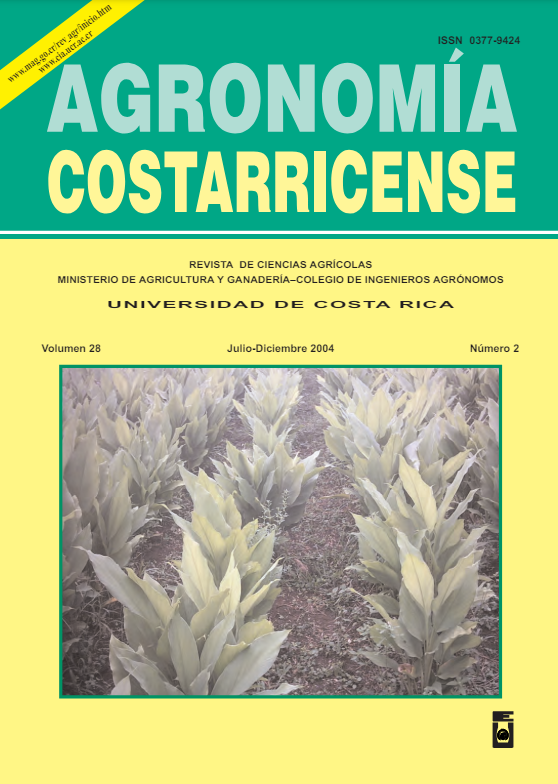Abstract
Productivity determines the viability of plantations that have been established to restore degraded areas. Pure and mixed plantations with native tree species not only provide more benefits towards the restoration of lands, but also represent an income to the farmers. In 1991-1992 three experimental plantations were established with a total of 12 native species in pure and mixed designs at La Selva Biological Station, Sarapiquí, Costa Rica. The objective of the present study was to determine their productivity at 11-12 years, as well as to verify growth equations. The mixed treatment in plantation 1, with Vochysia guatemalensis, Jacaranda copaia and Calophyllum brasiliense, had the highest volume (430.5 m3 ha-1) but without a significant difference from V. guatemalensis as a pure plantation (417 m3 ha-1). In the other 2 plantations, the mixed treatments were second in terms of productivity. In plantation 2, the species with higher productivity in pure condition were Virola koschnyi (411.4 m3 ha-1) and Terminalia amazonia (248.3 m3 ha-1), with no significant difference with regard to the mixed treatments. In plantation 3, Vochysia ferruginea (276.5 m3 ha-1) and Balazia elegans (212.8 m3 ha-1) were the best
growing species, the latter statistically similar to the mixed treatment. When comparing estimated volume based on field measurements with the estimate based on growth equations, over estimations above 10% were observed for J. copaia, C. brasiliense and Genipa americana, and below 10% for V. ferruginea, B. elegans and V. guatemalensis. An underestimation of the calculated volume through the use of these equations was observed only for B. elegans.
Comments

This work is licensed under a Creative Commons Attribution-NonCommercial-NoDerivatives 4.0 International License.
Copyright (c) 2024 Agronomía Costarricense


